Do you have a Clarisonic yet? Or have you been thinking about getting one for ages? These super powered cleaning brushes are one of those things that I think people either love or hate. You might love them for their deep cleaning and gentle, daily physical exfoliation. Or if you have sensitive skin, they might be a bit too much. (Though it’s easy to overcome that, more in a bit.)
If you’re thinking about a Clarisonic, I thought I’d share a few of their more recent versions, and show a few of the difference between them. I have a few older Clarisonic posts, the first one compared a few different deep cleansing brushes and here I shared input from Dermatologists, do you need a Clarisonic?
A quick word about Clarisonics and their universal features. All of the models use the same brush heads, which you are meant to change out every 3-4 months depending upon your usage. There are different brush heads out there, such as Sensitive and Deep Pore heads. Yes, there really is a big difference between these brush heads! Make sure you are using the correct brush head for your skin type. I use the Sensitive brush head, with my Rosacea it’s the only one I can tolerate without irritation.
When using the Clarisonic, the brush head does not rotate. Here’s a quick video I made a few years ago, it compares the motions of the Clarisonic to a cheaper competitor.
Does this matter? Yes, it really does. The rotating brush will pull on your skin, and over time the increased stress (according to many derms I know) can actually accelerate aging. You’re pulling and pushing the skin all over. The Clarisonic isn’t rotating, instead the brush oscillates at over 300 movements per second. It’s very similar to using a sonic toothbrush. You might not think it will make a big difference until you use one, and then you can’t get over how insanely smooth your teeth feel. It’s the same story.
When turned on, a Clarisonic will usually issue a series of beeps, telling you when to move to a new location in your facial cleansing routine. This is the part where I admit that I ignore the directions of my cleansing brush, and just move it around as I see fit. I spend most of my time in the middle of my face, and not much around the periphery. The brush models sometimes have slightly different speeds as well as routines for the beeps. I would look at their comparison charts on the website to decide if you need the fancy Smart Profile feature or not.
First, I thought it would be good to look at the Mia2. I’m comparing it to the Aria (aka- Mia3, that’s my pink one) in these images. Both are smaller than my old Clarisonic Plus. Because the Mia versions are a little smaller, they’re usually perfect for people that like to travel, but don’t like to travel without their Clarisonic. The Mia2 is a touch smaller than the Mia3, you can see that the recharging cord sticks onto the tail end of the handle (it is magnetized), and it has a cord that just plugs into the wall. My favorite part is the plastic case, which is perfect for travel!
Mia Fit is smaller than any of the other Clarisonics, and as you can see the shape is quite different! It still uses the same brush head, and still uses the same sonic vibrations. The smaller size also makes it ideal for travel. It has 2 speed settings, Delicate and Power Cleanse.
Another difference from the other Clarisonics is the way in which it charges. It comes with a USB powered stand, which you just place it into. I do think the USB is smaller overall than the regular charger, so again, it is great for on the go.
Personally, I use my Clarisonic pretty much every night, mostly in my t-zone to remove all of my makeup. I can tell when I haven’t used it recently, my pores are much larger and I’m more prone to break outs. While Clarisonics are waterproof, I don’t usually use mine in the shower. I do use just whatever cleanser I’m using recently with it, but my favorite to pair with a Clarisonic is actually their Gentle Hydro Cleanser.
Are you using a Clarisonic?

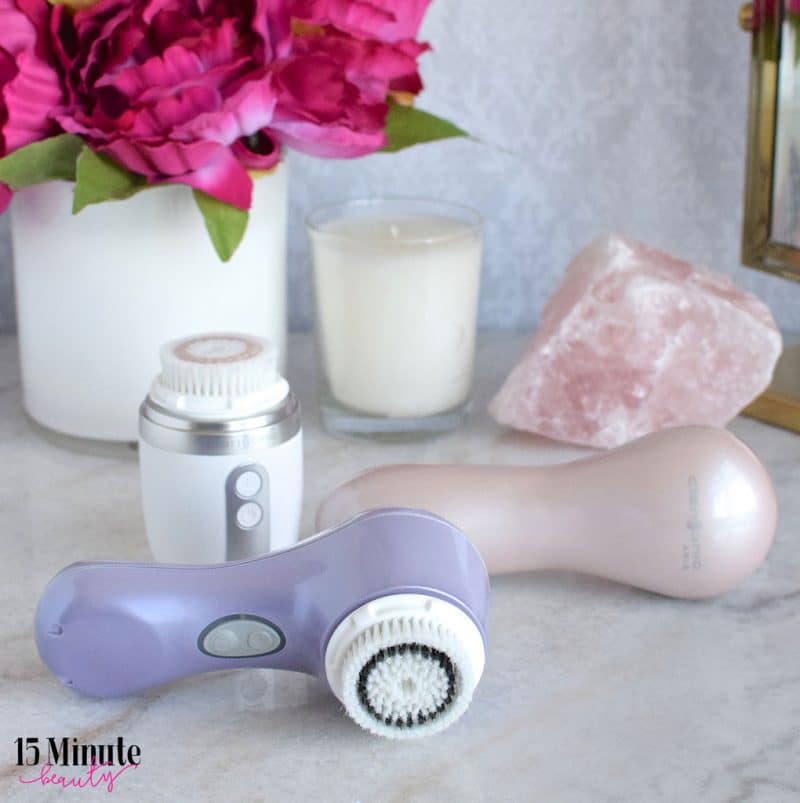
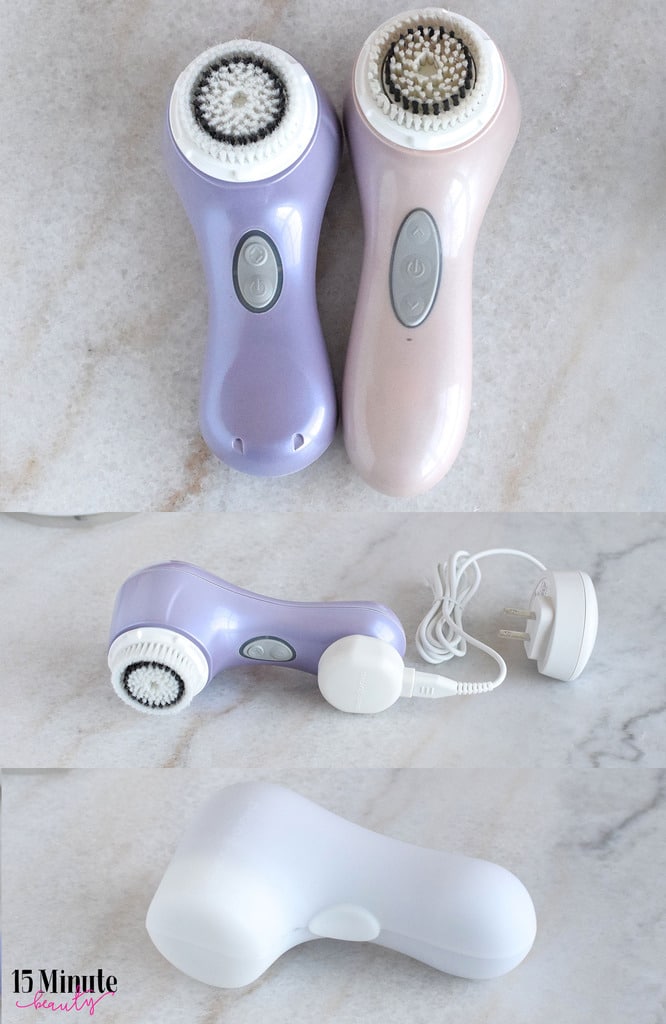
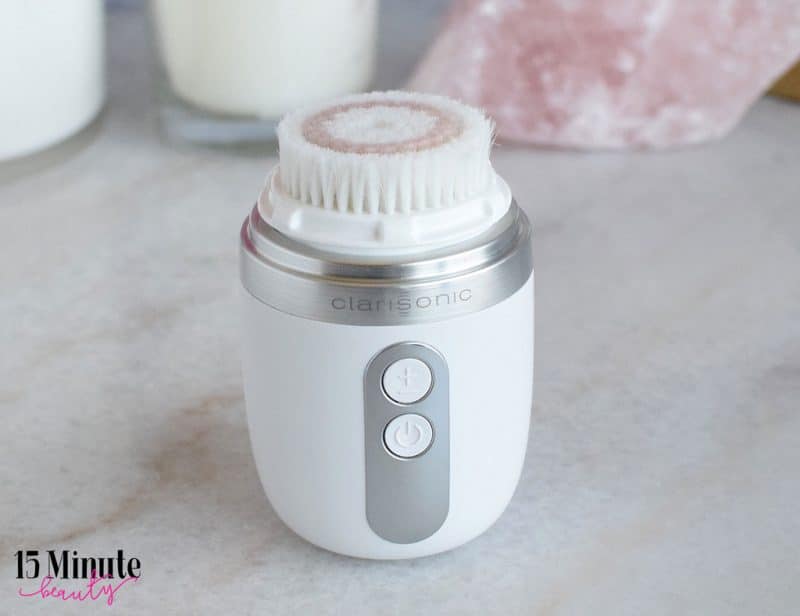
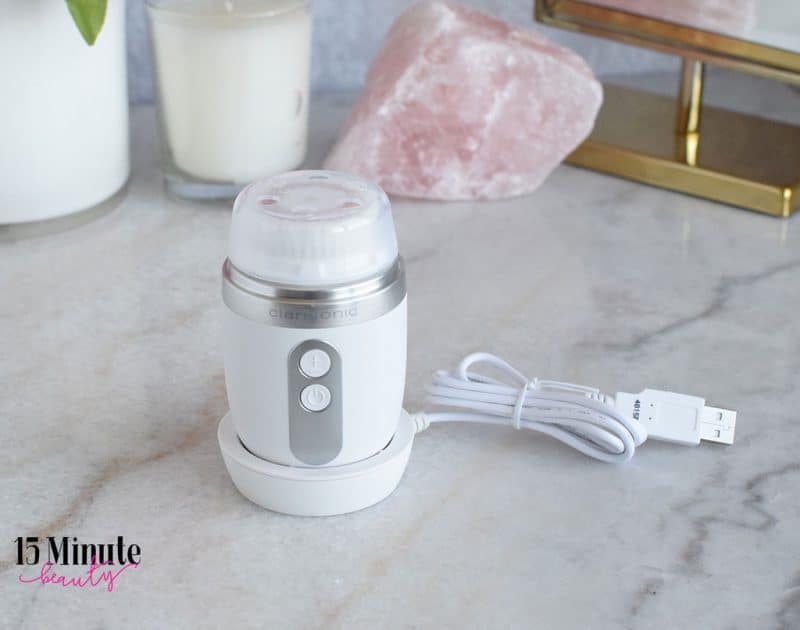
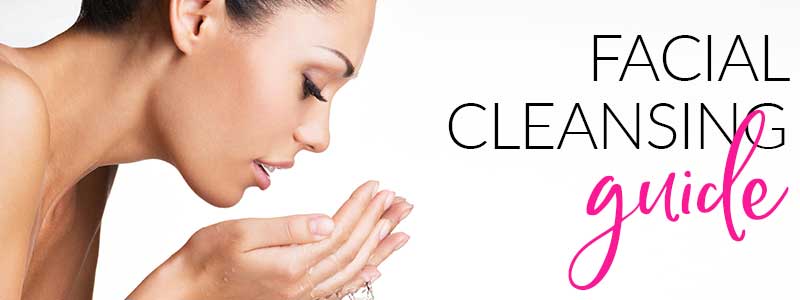
 I’m a doctor, a mommy and a bit of a beauty addict. If you let me, I can take 2 hours to get ready in the morning. Really. I'm on a quest for faster beauty that works!
I’m a doctor, a mommy and a bit of a beauty addict. If you let me, I can take 2 hours to get ready in the morning. Really. I'm on a quest for faster beauty that works!